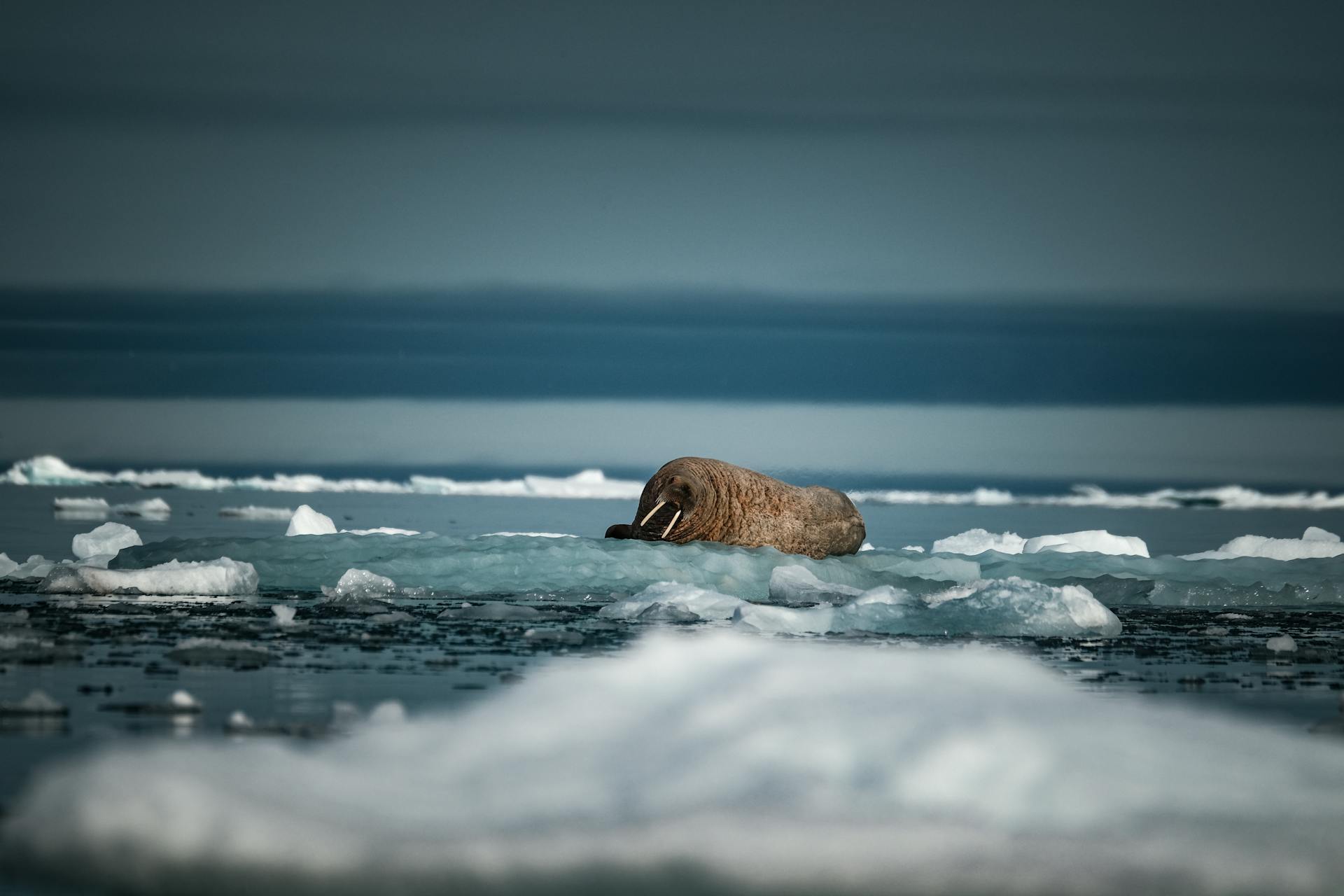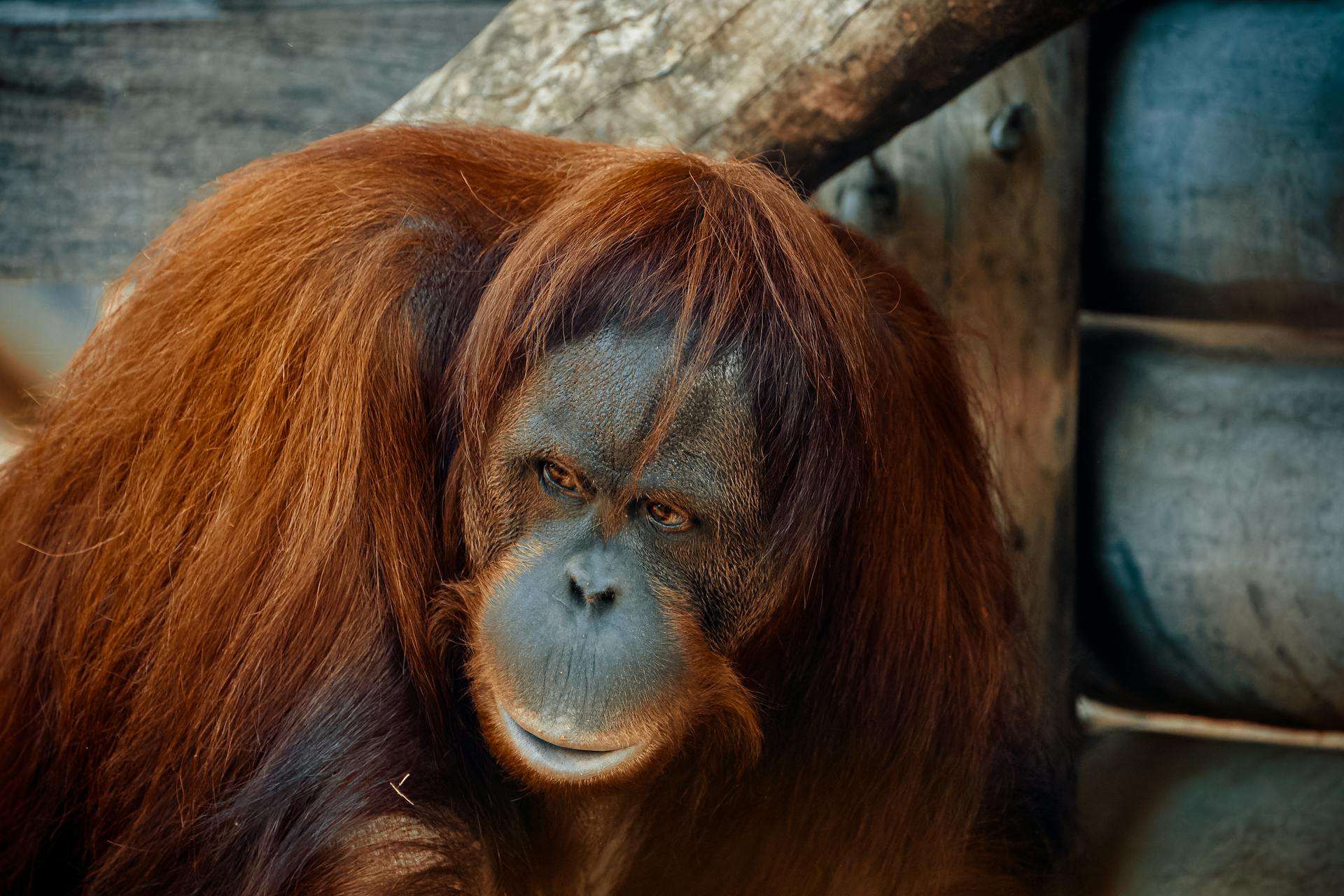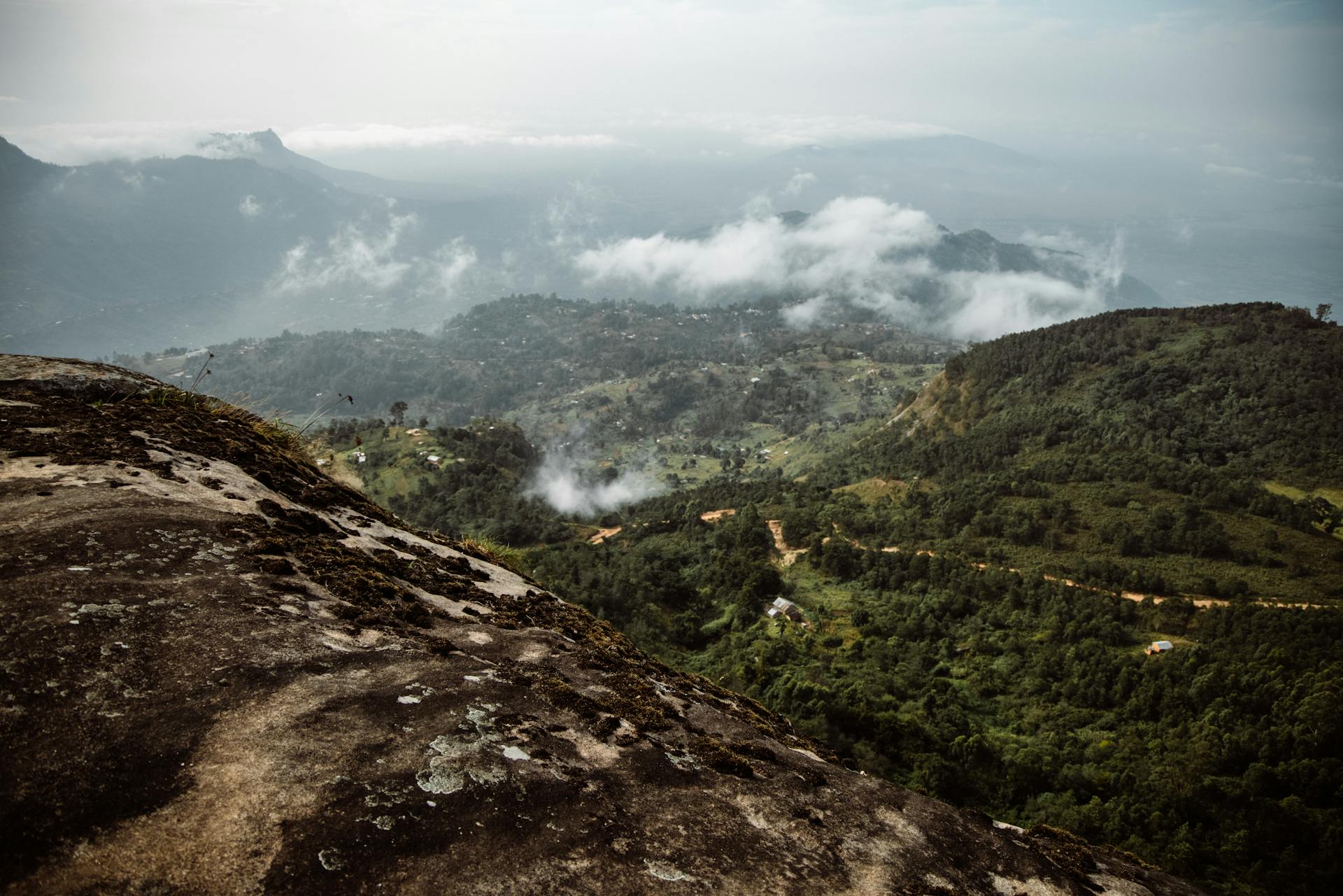Every year, an estimated one million species face the risk of extinction, driven largely by the rapid changes in our climate. In the last 50 years, wildlife populations have plummeted by over 68%, as rising temperatures, habitat destruction, and shifting weather patterns have drastically reshaped ecosystems worldwide. The urgency of this crisis grows clearer with every new study, yet the devastating effects on the animal kingdom remain a growing concern.
Climate change is no longer a distant future threat; its effects are unfolding across the globe, altering the balance of ecosystems and impacting species that have thrived for millennia. From polar ice caps melting at alarming rates to increased ocean acidification, the Earth’s environment is rapidly transforming. While much attention is focused on how climate change affects humans, the consequences for wildlife are equally dire. Species are being forced out of their habitats, migration patterns are shifting, and entire ecosystems are under siege.
This article will explore how climate change is endangering wildlife, disrupting food chains, and putting entire species at risk of extinction. Understanding these impacts is not just about protecting animals; it’s about safeguarding the planet’s biodiversity—a crucial foundation for life on Earth.
Climate Change Overview
Climate change, primarily driven by human activities, is fundamentally altering the planet’s environment. Key factors contributing to this phenomenon include global warming due to the greenhouse effect, where gases like carbon dioxide (CO2), methane (CH4), and nitrous oxide (N2O) trap heat in the atmosphere. This process is exacerbated by the burning of fossil fuels, deforestation, and industrial activities. The result is a steady rise in global temperatures, leading to melting glaciers, rising sea levels, and changing precipitation patterns. Historically, Earth has experienced natural climate fluctuations, but the current rate of change is unprecedented, outpacing any previous natural events and leading to profound effects on wildlife and ecosystems.
The historical context of climate change reveals significant alterations in climate patterns, with periods of glaciation followed by warmer interglacial phases. However, the recent spike in temperatures since the late 19th century has disrupted natural rhythms, causing habitats to shift and species to adapt or face extinction. Current projections indicate that if greenhouse gas emissions continue at the current rate, we could see temperature increases of 2°C to 5°C by the end of the century. This drastic change poses severe risks to biodiversity, food security, and the health of ecosystems globally.
Direct Impacts on Wildlife
One of the most immediate effects of climate change on wildlife is habitat loss. As land and sea temperatures rise, many species find their natural habitats becoming uninhabitable. Polar regions, for example, are experiencing rapid ice melt, drastically reducing the hunting grounds for polar bears and other Arctic wildlife. Coral reefs, vital ecosystems that support a myriad of marine species, are suffering from bleaching caused by rising ocean temperatures and acidification. Additionally, deforestation for agriculture and urban development exacerbates habitat loss, threatening countless species that rely on these environments for survival.
As habitats shift, altered migration patterns emerge. Many birds and mammals that migrate seasonally are experiencing changes in their traditional routes and timings. Warmer temperatures can trigger early or late migrations, which can disrupt breeding cycles and reduce survival rates. For instance, migratory birds may arrive at their breeding grounds before food sources are available, leading to increased mortality rates among chicks. This shift not only impacts individual species but also disrupts the intricate web of ecological relationships that depend on predictable migratory patterns.
Disruption of food chains is another direct consequence of climate change. As habitats degrade and species are forced to relocate, the dynamics between prey and predator are thrown into disarray. Reduced food availability can lead to population declines in both predators and prey, ultimately resulting in ecosystem collapse. For instance, the loss of a keystone species can trigger a chain reaction, affecting multiple species and altering the ecological balance of an area. The cascading effects of these disruptions pose significant threats to biodiversity, highlighting the intricate connections that define healthy ecosystems.
Indirect Impacts on Wildlife
The impacts of climate change extend beyond direct effects on habitats and migration patterns. As species are forced into new environments, increased competition for resources becomes a pressing concern. Established species may find their territories invaded by newcomers, leading to conflicts and struggles for survival. Invasive species, often more adaptable to changing conditions, can outcompete native species, further destabilizing ecosystems.
Health and disease vulnerability among wildlife populations are also rising due to climate change. As temperatures rise, new pathogens thrive in previously uninhabitable regions, exposing wildlife to diseases they have never encountered. For instance, warmer temperatures can increase the range of ticks and mosquitoes, spreading diseases like Lyme disease and West Nile virus to new hosts. The resulting health crises can devastate wildlife populations, compounding the challenges posed by habitat loss and food scarcity.
Reproductive challenges are another indirect impact of climate change. Many species rely on specific environmental cues to breed successfully. For instance, temperature-dependent sex determination in species like sea turtles means that rising temperatures can skew sex ratios, potentially leading to population declines. Changes in seasonal cycles can disrupt timing, affecting breeding success and juvenile survival rates. As these challenges accumulate, the resilience of wildlife populations is tested, further threatening their long-term survival.
Specific Case Studies
The plight of the polar bear is emblematic of the broader challenges posed by climate change. As global temperatures rise, the Arctic ice caps are melting at unprecedented rates, shrinking the polar bears’ hunting grounds. This not only limits their ability to find food but also impacts their reproductive success. With less time on ice to hunt seals, their primary food source, polar bears are becoming increasingly vulnerable, highlighting the urgent need for climate action.
Coral reefs, often dubbed the “rainforests of the sea,” are equally at risk from climate change. Rising sea temperatures lead to coral bleaching, a phenomenon where stressed corals expel the symbiotic algae they rely on for nutrition. The loss of these vibrant ecosystems has dire implications for marine biodiversity, as countless species depend on reefs for habitat and food. The continued degradation of coral reefs threatens the health of marine environments, making it crucial to address climate change to protect these vital ecosystems.
The migratory patterns of monarch butterflies are also being disrupted by shifting weather patterns. Climate change has led to erratic temperature fluctuations, impacting their migration routes and breeding cycles. These beautiful insects rely on specific environmental cues for their long journeys, and as those cues become less reliable, their populations face increased mortality.
Lastly, amphibians are particularly susceptible to climate-induced changes. With their permeable skin, they are highly sensitive to temperature and moisture fluctuations. Altered habitats and breeding cycles can lead to significant declines in amphibian populations, which play crucial roles in ecosystem health. As indicators of environmental change, their struggles serve as a warning about the broader impacts of climate change on wildlife.
Long-Term Consequences for Biodiversity
The long-term consequences of climate change for biodiversity are dire. As species face increasing threats, the risk of extinction grows, particularly for those already vulnerable. Biodiversity hotspots—areas rich in endemic species—are at heightened risk, and the loss of these unique organisms could lead to irreversible changes in ecosystem functions. The cascading effects of biodiversity loss threaten not only wildlife but also the human communities that rely on these ecosystems for services such as clean water, pollination, and climate regulation.
The potential for adaptation versus extinction varies across species, depending on their resilience and capacity for change. Some species may adapt to shifting conditions, but others will struggle to survive. The future of wildlife hangs in the balance, making it imperative that we act now to mitigate the effects of climate change and preserve the intricate web of life that sustains us all.
Human Role and Conservation Efforts
Human activity plays a significant role in driving climate change and habitat destruction. From industrialization to agricultural expansion, our actions have accelerated environmental degradation, placing immense pressure on wildlife populations. However, there is hope. Successful conservation programs demonstrate that we can make a difference. Initiatives such as wildlife corridors and species rehabilitation programs aim to restore habitats and protect endangered species from extinction.
Moreover, adopting sustainable practices and advocating for global policy changes are crucial steps toward protecting wildlife. By reducing our carbon footprint, promoting renewable energy, and supporting conservation efforts, we can contribute to a healthier planet. The responsibility lies with each of us to ensure that future generations inherit a world rich in biodiversity and thriving wildlife.
Conclusion
The multifaceted impact of climate change on wildlife is a pressing issue that demands immediate attention. From habitat loss to altered migration patterns, the consequences are profound and far-reaching. As stewards of the Earth, we must recognize the interconnectedness of all living beings and take action to protect our planet’s biodiversity. Stronger environmental policies, personal responsibility, and commitment to conservation are essential in our fight against climate change. Together, we can create a sustainable future where wildlife can thrive alongside human communities.
Frequently Asked Questions (FAQs)
1. What is climate change?
Climate change refers to significant and lasting changes in the average temperature and weather patterns of the Earth. While the climate has changed naturally over geological time, the current phase of climate change is largely driven by human activities, primarily the burning of fossil fuels, deforestation, and industrial processes, leading to increased levels of greenhouse gases in the atmosphere.
2. How does climate change affect wildlife?
Climate change impacts wildlife in several ways, including habitat loss due to rising temperatures, altered migration patterns caused by changing climates, and disruptions to food chains. As species struggle to adapt to these changes, many face the risk of extinction, and ecosystems can become unstable.
3. Which species are most affected by climate change?
Many species are vulnerable to climate change, particularly those that rely on specific habitats, such as polar bears, coral reefs, and amphibians. Migratory birds and other animals with strict breeding seasons are also at risk as they face changes in their environmental cues.
4. What is habitat loss, and why is it a concern for wildlife?
Habitat loss occurs when natural environments are altered or destroyed, making it difficult or impossible for wildlife to survive. This can happen due to climate change, urbanization, agriculture, and deforestation. Habitat loss is a primary driver of biodiversity decline, as it limits the resources species need to thrive.
5. How can we help mitigate the effects of climate change on wildlife?
Individuals can help mitigate climate change by reducing their carbon footprint through energy conservation, using public transport, recycling, and supporting renewable energy initiatives. Additionally, advocating for wildlife conservation policies, participating in local conservation efforts, and educating others about the importance of biodiversity can make a significant difference.
6. Are there successful conservation programs addressing the impacts of climate change on wildlife?
Yes, many successful conservation programs are in place to protect wildlife from the effects of climate change. These include wildlife corridors that allow species to migrate safely between habitats, rehabilitation programs for endangered species, and initiatives aimed at restoring critical habitats.
7. What role do invasive species play in the context of climate change?
Invasive species can thrive in new environments, often outcompeting native species for resources. Climate change can facilitate the spread of these invaders, leading to increased competition, habitat degradation, and further threats to native wildlife. Managing invasive species is crucial to protecting ecosystems in the face of climate change.
8. How does climate change contribute to the spread of diseases among wildlife?
Rising temperatures and altered weather patterns can create favorable conditions for pathogens and parasites, exposing wildlife to diseases they previously encountered less frequently. This increased disease vulnerability can lead to population declines and further exacerbate the challenges faced by affected species.


